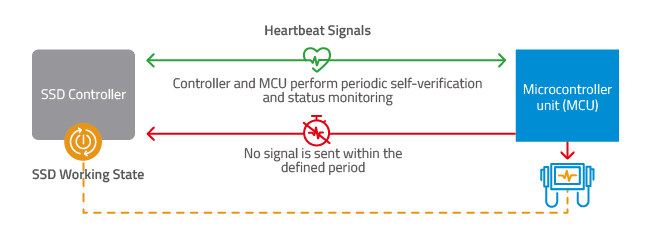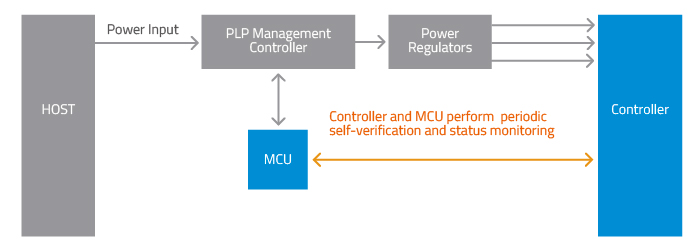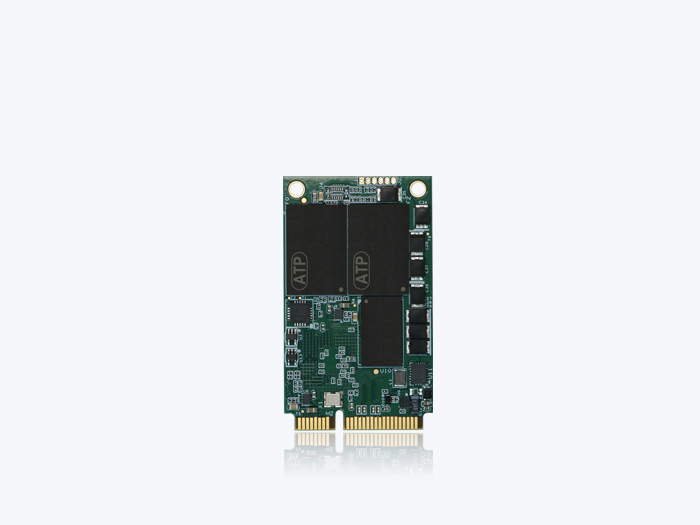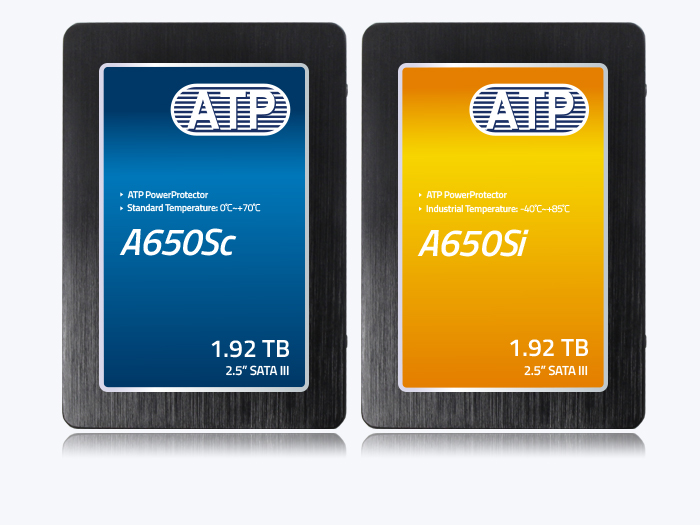Introduction
Many factors cause solid state drives (SSDs) to hang or freeze. Strong electromagnetic interference (EMI), radiation, and unstable power supply are some of the common reasons. The most typical and fastest temporary fix to resume operations when the SSD becomes unresponsive is to perform a reboot.
What if the SSD is installed in a harsh, remote environment where sending maintenance personnel to perform the reboot is extremely difficult, inconvenient, and costly? Imagine sites like aerospace, 5G base stations, smart city and transport infrastructure, and energy exploration operations.
ATP Electronics introduces Pulse Reboot, an intelligent self-healing and recovery technology that enables the SSD to reboot itself.
Autonomous Recovery in a Heartbeat
Just as a pulse determines life and health to living organisms, ATP Pulse Reboot enables solid state drives (SSDs) to perform constant self-checks to ensure uninterrupted operation and quick responsiveness.
When an anomaly is detected, as when a “pulse” ceases and the SSD becomes unresponsive or becomes frozen, Pulse Reboot enables the SSD to autonomously recover without human intervention.
This self-healing technology is particularly important for industrial and embedded applications where solid reliability amidst harsh, remote, and unmanned environments is non-negotiable.
How Pulse Reboot Works
Autonomous Detection with Heartbeat Signals
The periodic self-verification and status monitoring is performed using ATP-built integrated hardware and firmware solution. Pulse Reboot leverages a dedicated microcontroller unit (MCU) that works with the SSD controller for autonomous detection and recovery without depending on the host.
- The SSD controller periodically sends a “heartbeat signal” to the onboard MCU.
- The onboard MCU acknowledges the signal in a continuous handshake loop to verify that the controller is functioning normally.
- If the signal is not received within the defined period, the MCU interprets this as a controller freeze. This time frame is the optimal interval balancing responsiveness and false triggers.
- Upon detection of the freeze, the SSD initiates a power cycle and reboots itself.

Post-Reboot Recovery
The handshake mechanism automatically resumes after the reboot. If the controller returns to normal operation, the SSD continues to function without user intervention.
False Trigger Protection
Pulse Reboot uses fail-safe logic with multi-step handshake and reboot logic to minimize the risks of infinite loops and prevent unnecessary downtime. It requires a maximum of three consecutive power cycles before stopping to prevent further complications, signaling further investigation or the necessity of physical repair or replacement of the SSD.
Power-Safe Mindfulness
During low-power and sleep modes, the controller and the MCU suspend the signal exchange to prevent accidental power cycling or reboots while the SSD is in an expected inactive state.
Pulse Reboot Benefits
- Automatic recovery from minor hangs without the need for human intervention
- Minimized system disruption ensures the prompt resumption of mission-critical operations and maintains service quality
- Enhanced system reliability and uptime with proactive SSD self-healing and recovery
- Fail-safe reboot logic and false trigger protection minimizes unnecessary downtime
- No host or driver dependency, as it leverages a devoted MCU that works with the SSD controller










